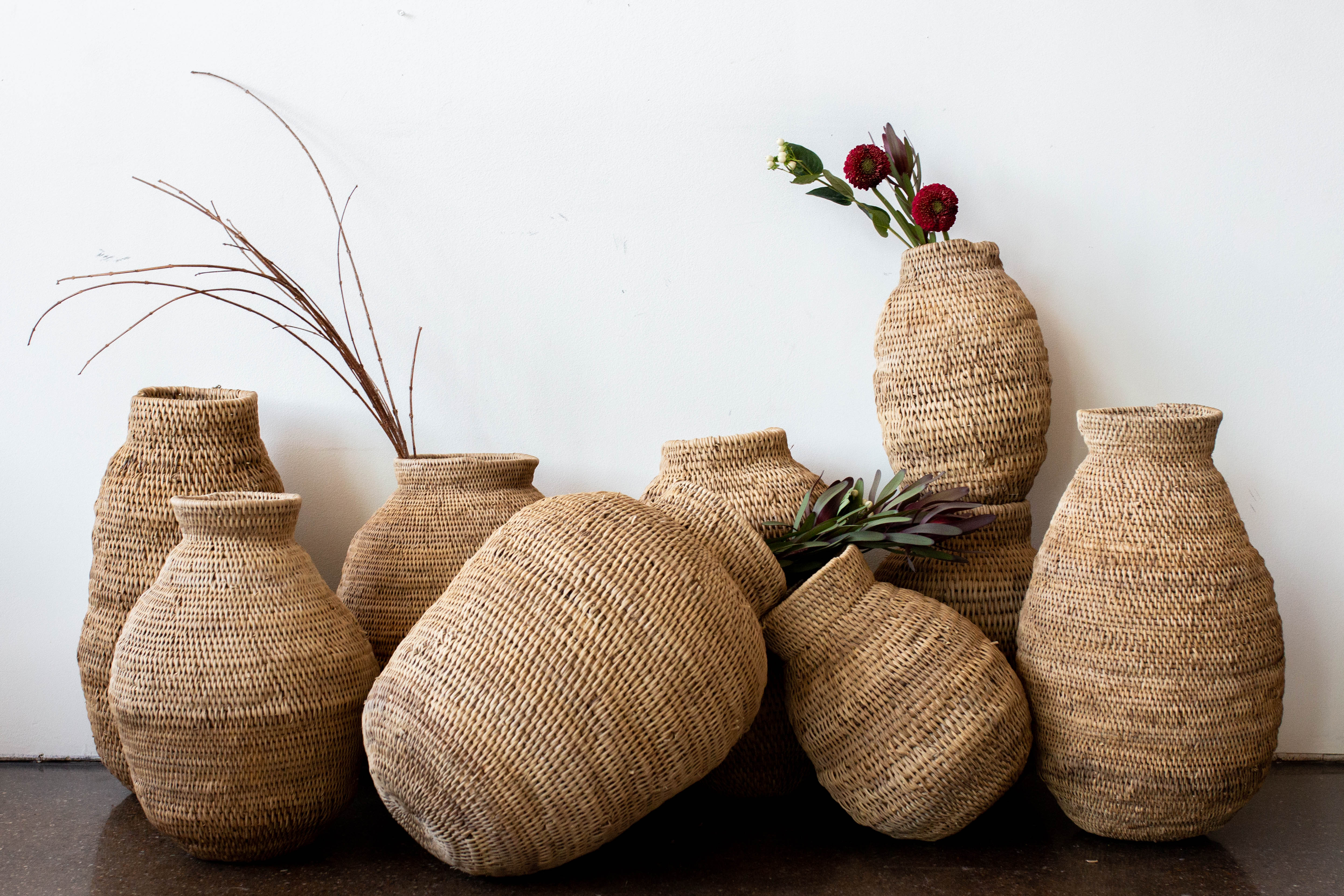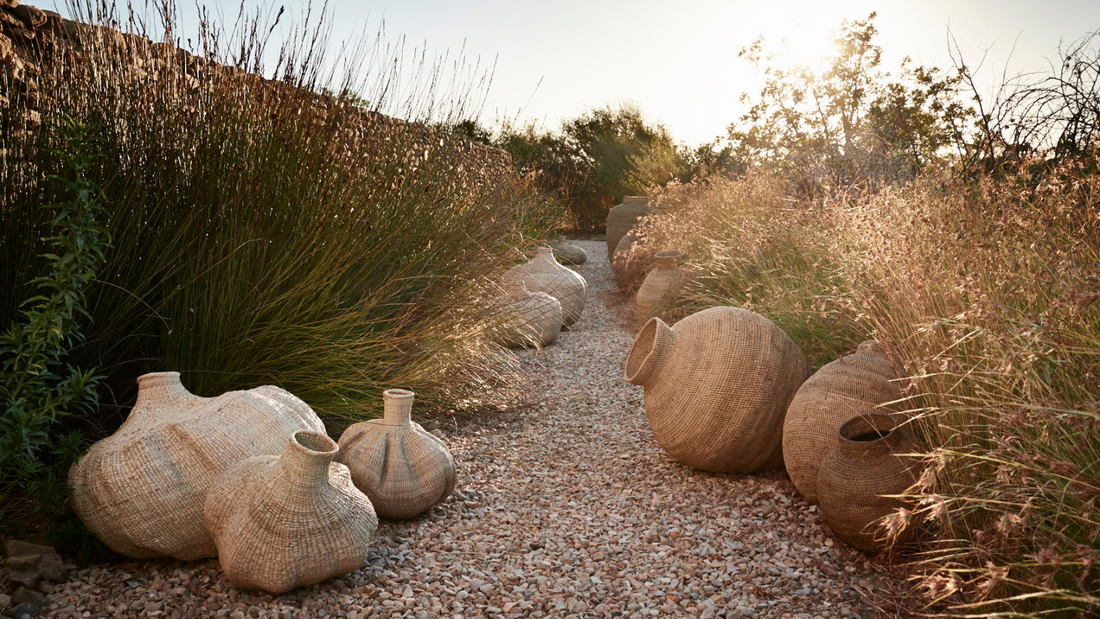Join the Journey to Zimbabwe. We constantly receive questions about our beloved collection of handmade baskets, and you know we love to share a story...
Ilala Garlic Gourds, Binga Nongo Baskets, and Buhera Cane Baskets have proven to be fan favorites, so join us as we share what makes these popular basket styles so different from other baskets, and how they differ from each other!
We love that you love these handcrafted, Zimbabwean beauties as much as we do, so let's take a closer look at where they are from and the materials used to create them...
Photo Credit: Busani Bafana/IPS
-
Ilala Garlic Gourds and Binga Nongo Baskets
Ilala Palm is a species of palm leaves native to Africa. Normally, these palm fronds are found in areas of Eastern Africa, including Zimbabwe. The seeds are dispersed over expansive distances mainly by wandering elephant herds.
Strong & renewable, the leaves are boiled, pulled into strips, and then hung out to dry in the sun to soften them for weaving. During the drying process, natural color variations in the palm fronds emerge, adding more dimension to the finished basket and drawing more attention to the intricate weaving done by the artisans.
As a material, Ilala Palm is slightly thinner and more pliable than some other natural alternatives so, even after they are completely dry, the baskets will maintain their uniquely wonky shape while still being light weight and malleable.
-
Buhera Cane Baskets
Water Reeds are a global material that grow in both fresh and salt water, either in the shallows of lakes or rivers, or in marsh areas that are frequently inundated with floods or tides. Different varieties or species of Water Reeds can be found all over the world and are used for a variety of different purposes.
The reeds are dried over a period of 37 days before being rehydrated in small batches until they are pliable. At this point, the reeds are able to be woven together, one at a time, to create the basket shape. Once finished, the woven reeds are again allowed to dry completely to enhance their strength and durability.
This material is much thicker and more firm so, once the reeds are dry, the shape of the basket will remain consistent and sturdy for long periods of time.

Originally developed as a way to store food and water, today, hand woven baskets are often given as gifts or family heirlooms. Different areas practice different styles of weaving that have been passed down for generations, and both the materials and techniques and weave types vary based on the local habitat. For example, in central and southern areas of Africa, a technique known as 'coiling' is more common than classic weaving, but Zimbabwe is an area where the weaving styles are still primarily classic, giving way to the unique but timeless styles and shapes that we all so love in the Buhera, Gourds and Nongos.
Explore our full collection of baskets.





